File notes play a really important part for your file and recovery of your costs, so record all time spent on file notes where possible and try to ensure the file notes are correctly dated (and where possible that they match your time ledger).
Ensure the time is recorded on the file note itself and that it states who carried out the work and try to avoid lumping time together, time should be split between attendances, travelling, preparing documents, preparing long letters, preparing file notes etc. It is difficult for the Costs Draftsman to apportion the times between different types of work when global times for work are recorded and difficult for the Costs Officer to assess.
If you are including time for considering a letter in, try not to simply put ‘considering letter from ….’, but explain why you have needed to consider it over and above a routine letter in (which is not recoverable).
File notes do not need to be typed, but if they are, time can be claimed for preparing them. It is better practice to show the time for preparing file notes and attendance notes separately. We often see extremely long attendance notes for instance where the preparation of the time is lumped in with the attendance time. This could mean you are losing out as more often than not, a Costs Officer will consider 1 unit per half page of a detailed file note and perhaps 2 units for a full page as reasonable.
Ensure all evidence is on file prior to sending for assessment and this includes recording evidence of travel expenses on file notes as well as this will assist in claiming those travel expenses within the Bill. If your travel was split with another matter, or claimed on another matter, then include that information on the file note.
Christine Marsh, Private Client Director


